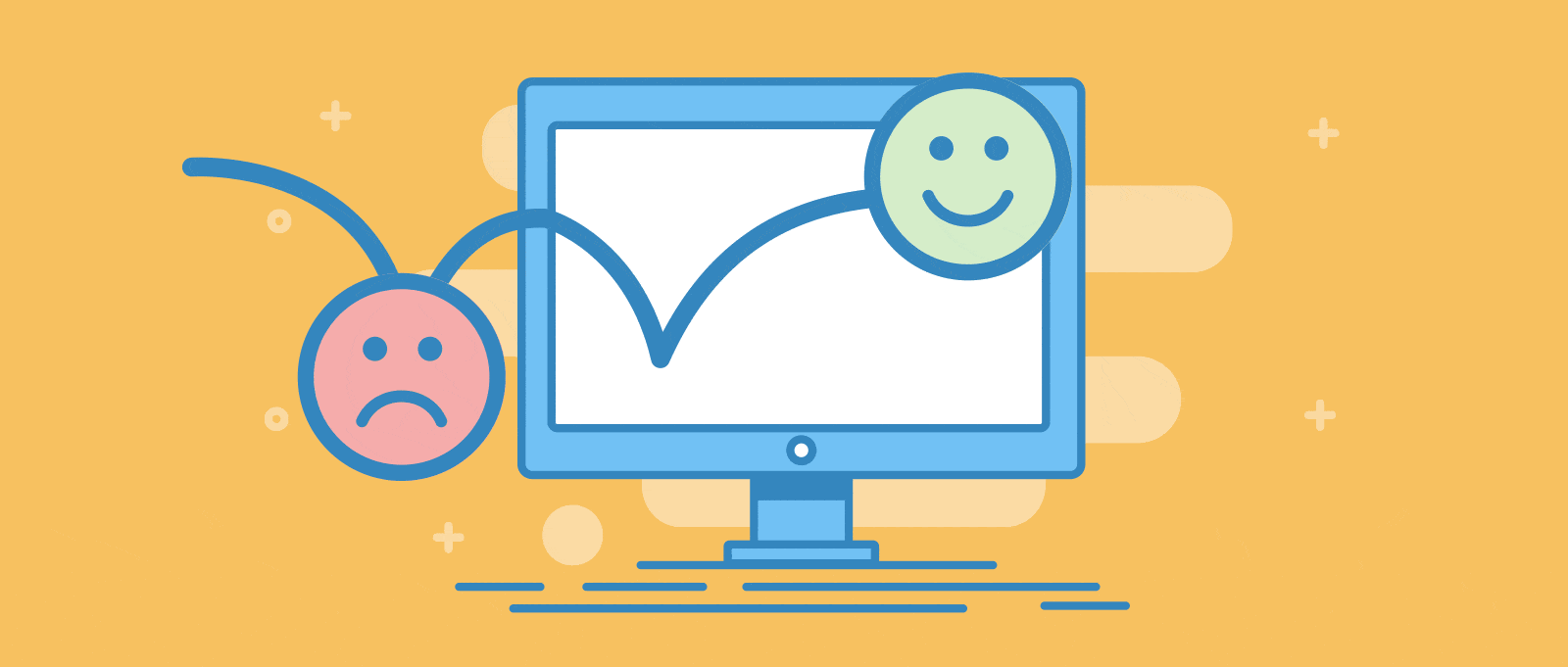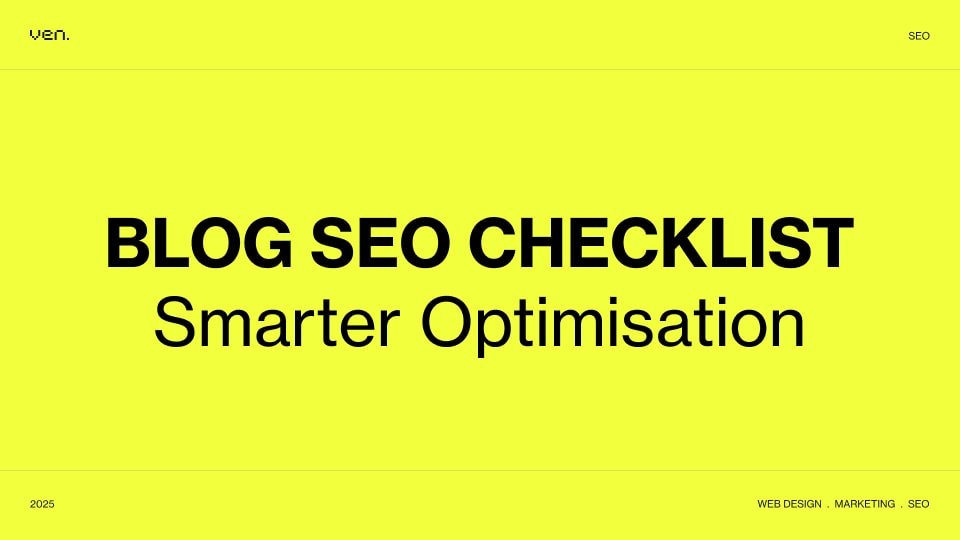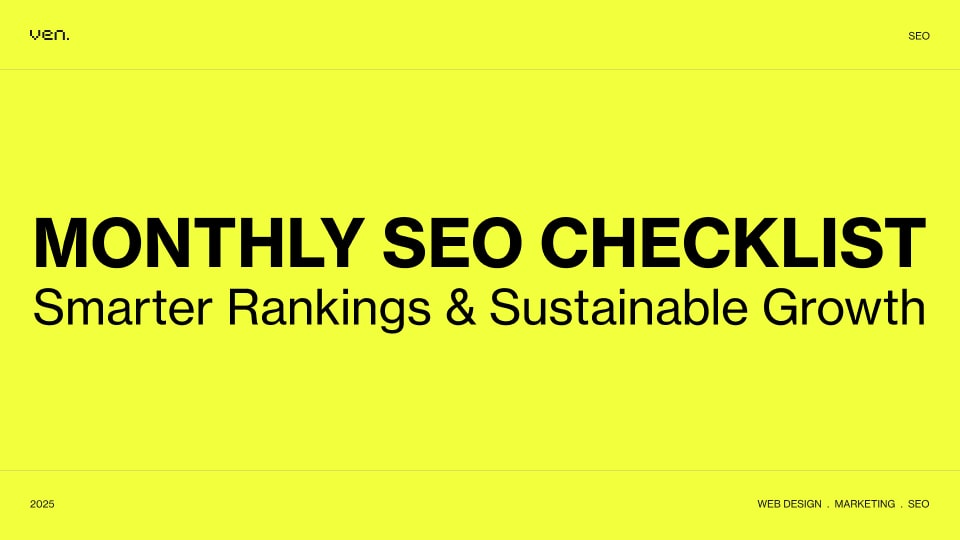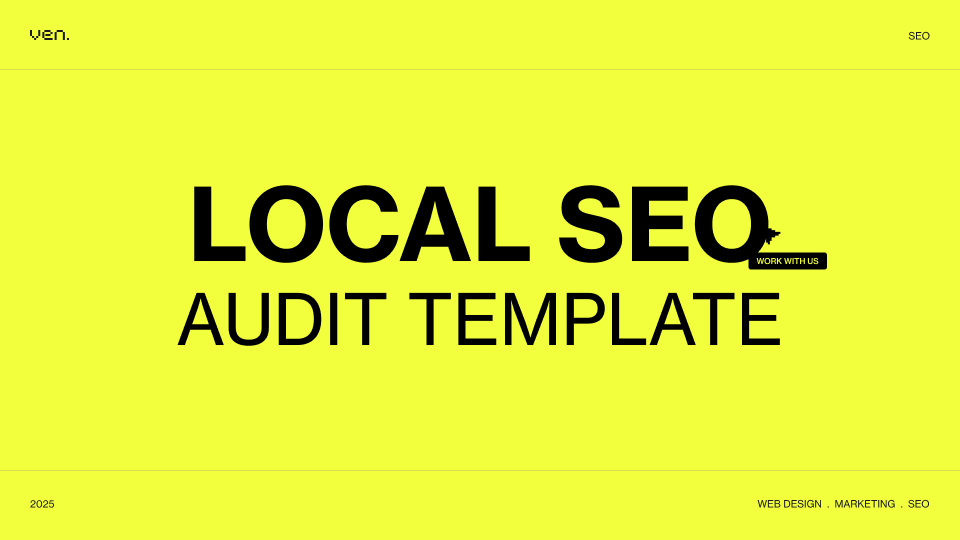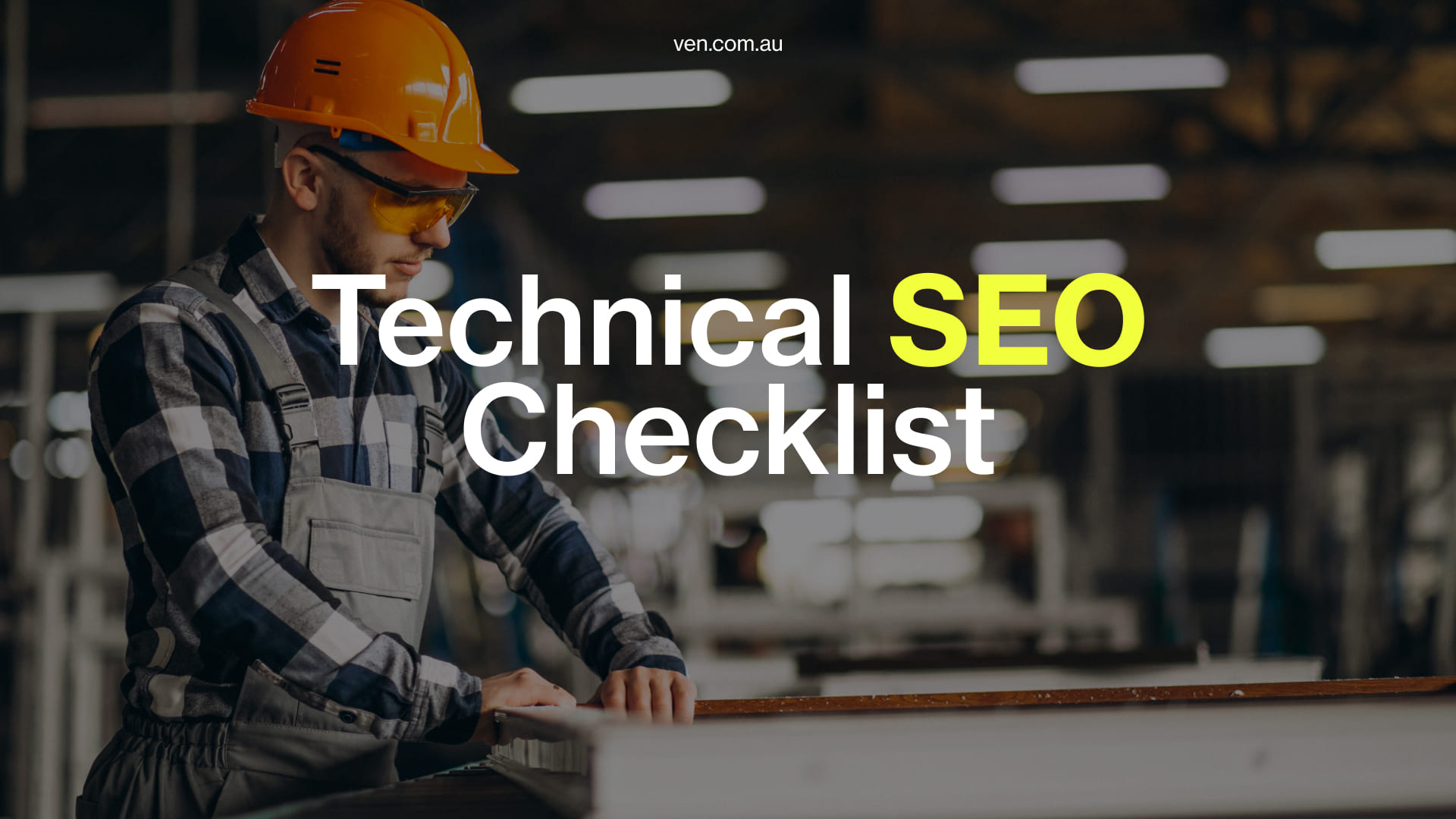In an eCommerce site, there are five key metrics you need to monitor to understand the website performance, including traffic sources, Average visit duration, Goal conversion, Checkout abandonment, and Bounce rate. Bounce rate is one of the crucial metrics that need tracking in your website, especially you are running an eCommerce site. In this article, we will provide you with comprehensive information on the good bounce rate for eCommerce. If you need to start to understand what the bounce rate is. You can find the article Understanding Bounce Rate for SEO that we wrote previously.

What is the bounce rate for eCommerce site?
Similar to other websites, the bounce rate in an eCommerce site is tracked in Google Analytics, which defines a ratio of the number of people who visit your site and then leave without interacting with any other page.
Calculating bounce rate is dividing the number of visits that only viewed one page by the total number of visits to your site and multiplying by 100%. That means if you have ten visitors and five leave immediately after landing on your website, your bounce rate is 50%.
To be more precise, four specific cases of bounce rate could happen in an eCommerce site:
- Land on home page, then leave without taking further action to any product pages or contact pages
- Land on a product landing page, then leave the website cause have no interaction or does not match intension.
- Land on a contact landing page, found it hard to fill in the information, and then user decides to leave
- Land on an information landing page, and do not find the information they wanted, then vacate.
What is the difference between the bounce rate for eCommerce site and informational site?
An informational site is a website that presents information, such as blogs, forums, tutorials, and news sites. It mainly has thick and detailed content with the purpose of providing knowledge about its industry. On the other hand, an eCommerce site is a website that is more focused on shopping, usually has a catalogue of products and prices, and it allows users to purchase specific items electronically with just a single click.
Due to bounce rates will vary depending on the type of site, the percentage bounce rate in an informational site and an eCommerce site has a significant difference.
According to trackings, the bounce rate of an informational site is usually higher than that of an eCommerce site, from 10-15%. The reason could be that visitors have an apparent goal and stay longer on purchase journey when entering an eCommerce site. While, to information websites, users tend to research as much information as they can to have an obvious target item.
Currently, 35-40% is considered normal for bounce rate in an eCommerce site. Meanwhile, the average bounce rate in an informational site generally is just over 50%.
Why is Bounce Rate essential for eCommerce websites?
A high bounce rate can affect your Google ranking negatively. It indicates how engaging your site is and how effectively it converts visitors into customers or leads. A low bounce rate means that users find what they’re looking for and stay on the site longer than expected to complete a purchase. In contrast, high bounce rates are vice versa.
The bounce rate to an eCommerce website is eVen more critical than for an informational website because users will often search directly for products without visiting a category page or homepage.
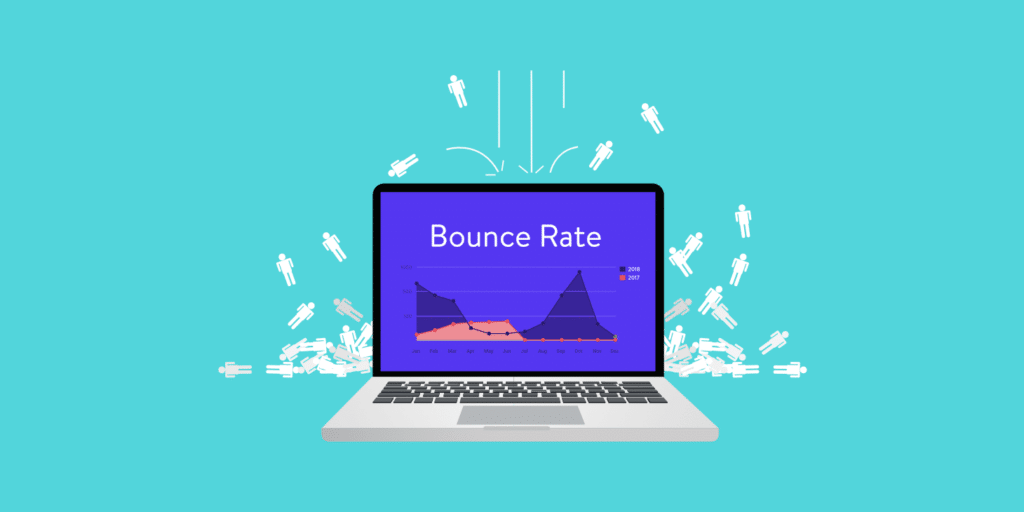
What factors could affect to bounce rate for Commerce site?
There could be several causes that impact to bounce rate, leading users to abandon the website. Below are some factors:
Bad UX – UI
Poor design can also have an effect on bounce rate since it makes your site look unprofessional or difficult to use. Visitors don’t want to waste time figuring out how to navigate through your website when there are so many other places they could go instead.
Poor navigation
A poor navigation can frustrate users and make them leave your website immediately. If they are not able to find what they are looking for on the page, they will leave without ever interacting with the page again. Poor navigation can lead to a higher bounce rate because it takes longer to navigate through your website.
Slow loading speed
The page load time directly impacts the bounce rate. If your page takes more than 3 seconds to load, most likely, users will leave your site before seeing what’s on it. Google will take note of this and score your site, which effect to ranking factor.
Low quality of the content
If there is a duplicate or inappropriate content on your website, Google will penalise it, and their ranking will drop down on search engine results page (SERP).
What is a good bounce rate for eCommerce website?
The ideal bounce rate for eCommerce website is between 40% and 50%. The lower the bounce rate, the better performance.
If you’re running an eCommerce store, please keep an eye on your bounce rate and hold its ratio as low as possible. A high bounce rate can negatively impact customer experience, leading to lower sales and ROI.
Takeaway
Bounce rates can be a helpful metric in understanding a website’s performance, especially eCommerce sites with a transactional focus. Remember to add bounce rate metrics in your SEO strategy plan if you aim to optimise eCommerce website performance.
